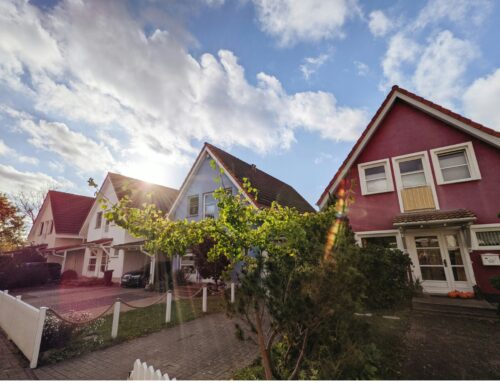Setting Up Your Rental
Greetings, fellow property owners! If you’ve recently acquired a property with the intention of turning it into a rental, you’re on the path to maximizing your investment with passive income. As a local realtor with years of experience, I’m here to offer guidance when setting up your rental property successfully. Here are 10 steps (in no particular order) to starting your journey as a rental property owner.
Step 1: Prepare Your Property
Before you welcome your first tenant, ensure your property is in tip-top shape. As Redfin advises, “Make any necessary repairs and upgrades to attract quality renters.” A well-maintained property not only commands higher rent but also attracts responsible tenants. If you’re setting up a short-term rental, make sure your amenities are up to par. One major tip: less is more! Don’t go overboard with extras – like extra blankets, cups, magazines, movies, etc.
Step 2: Understand Your Market
According to FortuneBuilders, “There is perhaps no more influential factor to a rental property investor’s success than the location in which they choose to invest.” Understanding your local rental market is crucial. Looking at other rentals nearby can help you decide whether long-term or short-term is the way to go. You’ll also see how pricing your property right can make a significant difference in attracting tenants quickly with your competition. If you’re looking into setting up a short-term rental, spend time on VRBO and AirBnB to look at their calendars. This will help you understand the booking potential of your property, to then build a strong pricing schedule.
Step 3: Set Clear Rental Policies
Clearly define your rental policies and expectations. It’s vital to address issues such as rent payment schedules, maintenance responsibilities, and any rules or restrictions upfront. Look to your local municipality’s website for a standardized lease document for an example, and make edits as needed. This will ensure you have the basic structure that aligns with local laws and regulations.
Step 4: Market Your Property
To find quality tenants, effective marketing is key. As Huckleberry suggests “[advertising] your rental property through various channels, such as online listings and social media” can maximize your reach and find more potential tenants. Creating eye-catching listings with appealing photos and videos is essential. When listing a short-term rental, it may be wise to consider having your own website to help market your property outside AirBnB and VRBO.
Step 5: Screen Your Tenants
Screening tenants is a critical step to avoid future headaches. According to Investopedia, it’s important to “Conduct background and credit checks to assess the tenant’s financial and rental history.” This process helps ensure that you’re selecting responsible renters who are more likely to honor their lease agreements. Other than that, the screening process is largely in your hands. Get to know your future tenants before offering them the location. In the case of short-term rentals, establishing clear rules and regulations for the rental property before booking is key. You can have the prospective renter message you prior to accepting any bookings online. This can, however, reduce the number of bookings you receive.
Step 6: Maintain Your Property
Regular maintenance is essential to keep your property in excellent condition. As Redfin emphasizes, “Regular inspections and prompt repairs are vital for maintaining your property’s value,” keeping your tenants happy, and reducing future headaches. Preventive maintenance can save you from costly repairs down the road.
Step 7: Manage Finances Wisely
Managing your rental property finances efficiently is crucial. FortuneBuilders advises, “Keep detailed financial records to track income and expenses.” This organization will not only help you maximize profits but also simplify tax filing. We also recommend talking to a financial advisor for better guidance.
Step 8: Stay Informed
The rental market is ever-evolving. Keep yourself informed about local laws, market trends, and tenant expectations. Staying up-to-date will enable you to adapt to changing circumstances effectively.
Step 9: Build Relationships
Developing good relationships with your tenants is key to a successful rental business. A positive landlord-tenant relationship can lead to long-term tenancies and word-of-mouth referrals. When managing a short-term rental it’s also prudent to get to know the owners of other local short-term rental properties, whenever possible. You may be able to pass off potential renters when either property isn’t appropriate.
Step 10: Plan for the Future
Consider your long-term goals for the property. Whether it’s building equity, increasing cash flow, or expanding your rental portfolio, having a clear plan will help you make informed decisions to maximize profits over time. Remember, owning a rental property is a business. Treat it like a business, and you’ll see the benefits!
Setting up your rental property doesn’t have to be overwhelming. By following these essential steps and continuing to do your research, you can embark on your rental property journey with confidence. For further reading, here are some great articles:
https://www.redfin.com/blog/how-to-set-up-your-home-as-a-rental-property/
https://www.fortunebuilders.com/rental-property/
https://huckleberry.com/blog/how-to-start-a-rental-property-business/





